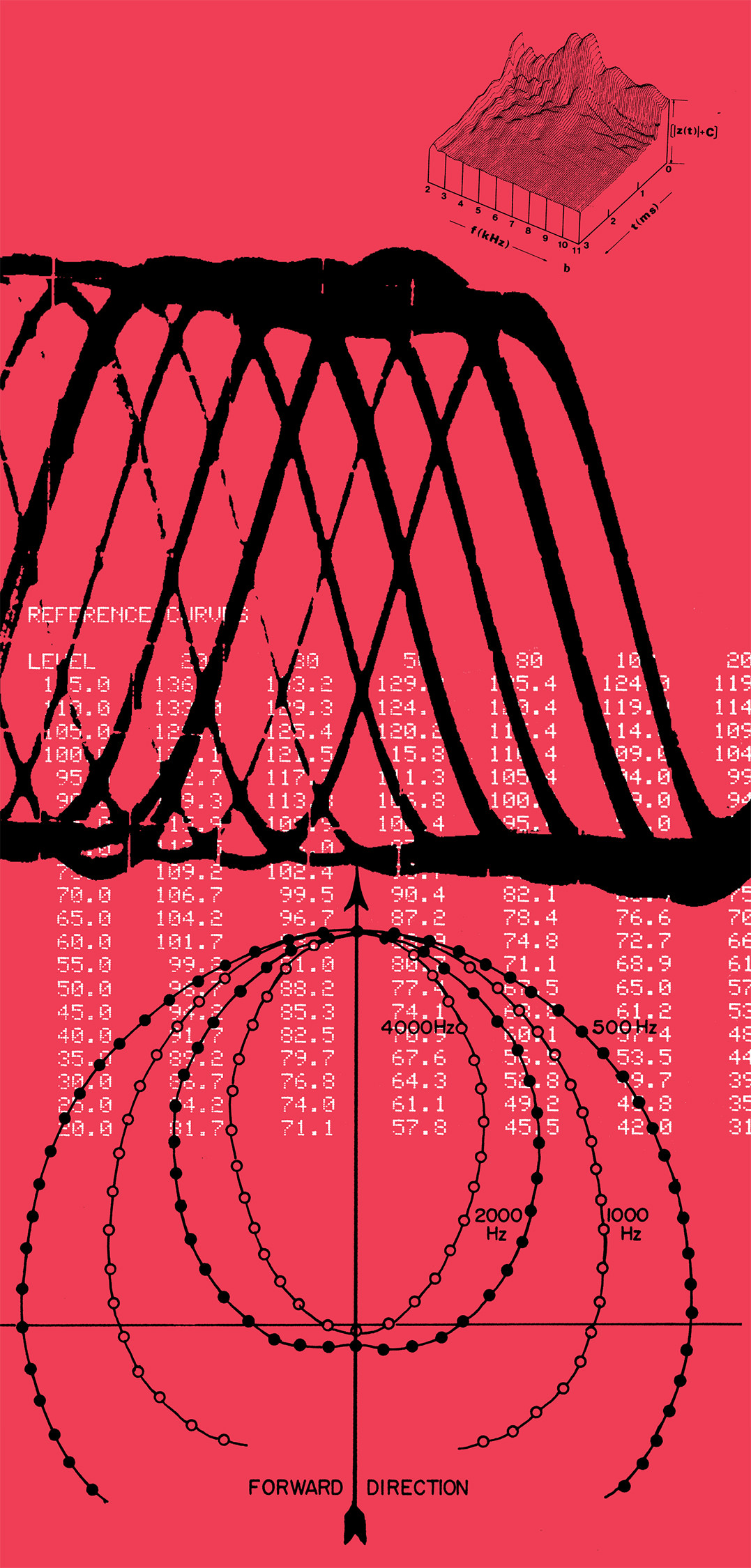According to Sam Phillips, if you weren't doing something different, you weren't doing anything at all. When he opened his Memphis Recording Service in 1950, Phillips was "looking for a higher ground, for what I knew existed in the soul of mankind." He ultimately found it, but it was a long and complicated journey. In his deep, detailed, and thoroughly researched biography of The Man Who Invented Rock ‘n' Roll, Peter Guralnick leaves no stone untouched, revealing the fascinatingly complex man who had an incalculable influence on the development of rock ‘n' roll.
With several years of experience in radio, Sam Phillips was already an accomplished engineer. But his little studio struggled at first, artistically and financially. His first breakthrough came in 1951, with the discovery of Howlin' Wolf, "one of the deepest human beings he had ever encountered." That same year, he cut what some consider to be the first rock ‘n' roll record — "Rocket 88" by Jackie Brenston and his Delta Cats. (The band was actually Ike Turner and his Kings of Rhythm.) There was something captivating in the "rubbing sound" of the guitarist's blown speaker cone that got Sam excited: "It got my ear right off... it had such a contagious feel, it had a sound like you had not heard before." The single became a big hit on Chess Records and put Sam Phillips on the map.
But of course, it was the discovery and nurturing of a shy but flamboyant kid named Elvis Presley in 1954 that forever changed Sam Phillips' world — and everyone else's. Phillips had an innate sense that the kid had something, but couldn't quite bring it out. Guralnick brings the reader into Sam's studio for the historic session, as Presley, along with guitarist Scotty Moore and bassist Bill Black, almost accidentally fall into uncharted territory with "That's All Right": "It was the very essence of everything Sam had dreamt of but was never able to fully imagine." When Sam played it back for them, "We couldn't believe it was us," said Black. Scotty Moore said, "We thought it was exciting, but what was it? It was just so completely different." The night after the session, Memphis DJ Dewey Phillips played it on the air over and over. The response was instantaneous. It became the first big hit for Sun Records and changed Sam Phillips' life.
The author presents a clear and honest perspective on how the success of Elvis Presley enabled Phillips to rescue his teetering Sun Records label by selling Presley's contract to RCA in 1955, for a then astronomical sum of $35,000 (equivalent to $310,000 in 2016, adjusted for inflation). The much needed windfall enabled Phillips to pay off debt, purchase equipment, and develop other Sun artists to remarkable success — Johnny Cash, Carl Perkins, Jerry Lee Lewis, Charlie Rich, etc. This period is the apex of Sam Phillips' career and the most enjoyable part of the book.
There's an interesting parallel to Guralnick's definitive, two- volume Elvis Presley biography, Last Train to Memphis and Careless Love. Like Presley's, there are two distinct phases of Sam Phillips' life story: the struggle, rise, and ultimate success of his studio years; followed by "the next 25 years," as the author refers to the completely reconfigured character in his later, retrospective period — the preacher-like "supernova of free expression" in tinted glasses, dyed red hair, and wolf man beard.
Tape Op readers will enjoy the brief insights into the technical aspects, studio construction, and the equipment Phillips used: v-shaped acoustic panels; 3 and 6–channel mixers; Presto lathes (the earliest recordings were cut to acetate disc); Ampex tape machines; a custom-made, fast, peak limiter; and RCA, Shure, and Altec microphones. And most significantly, the groundbreaking use of tape echo that he christened "slapback" — the defining sonic element of the Sun Records sound.
This book is a complex history lesson. It's a vast and sometimes meandering exploration into every aspect of Phillips' deep and complicated psyche, and his dynamic relationship with virtually every musician, family member, and business associate that was part of his life or under his spell. It's a lot of information to take in (often too much), but the challenge has a rewarding payoff. Sam Phillips' impact on history deserves such a thorough and accurate documentation — a monumental task that Peter Guralnick pulls off brilliantly. This book is a must-read.




_disp_horizontal_bw.jpg)